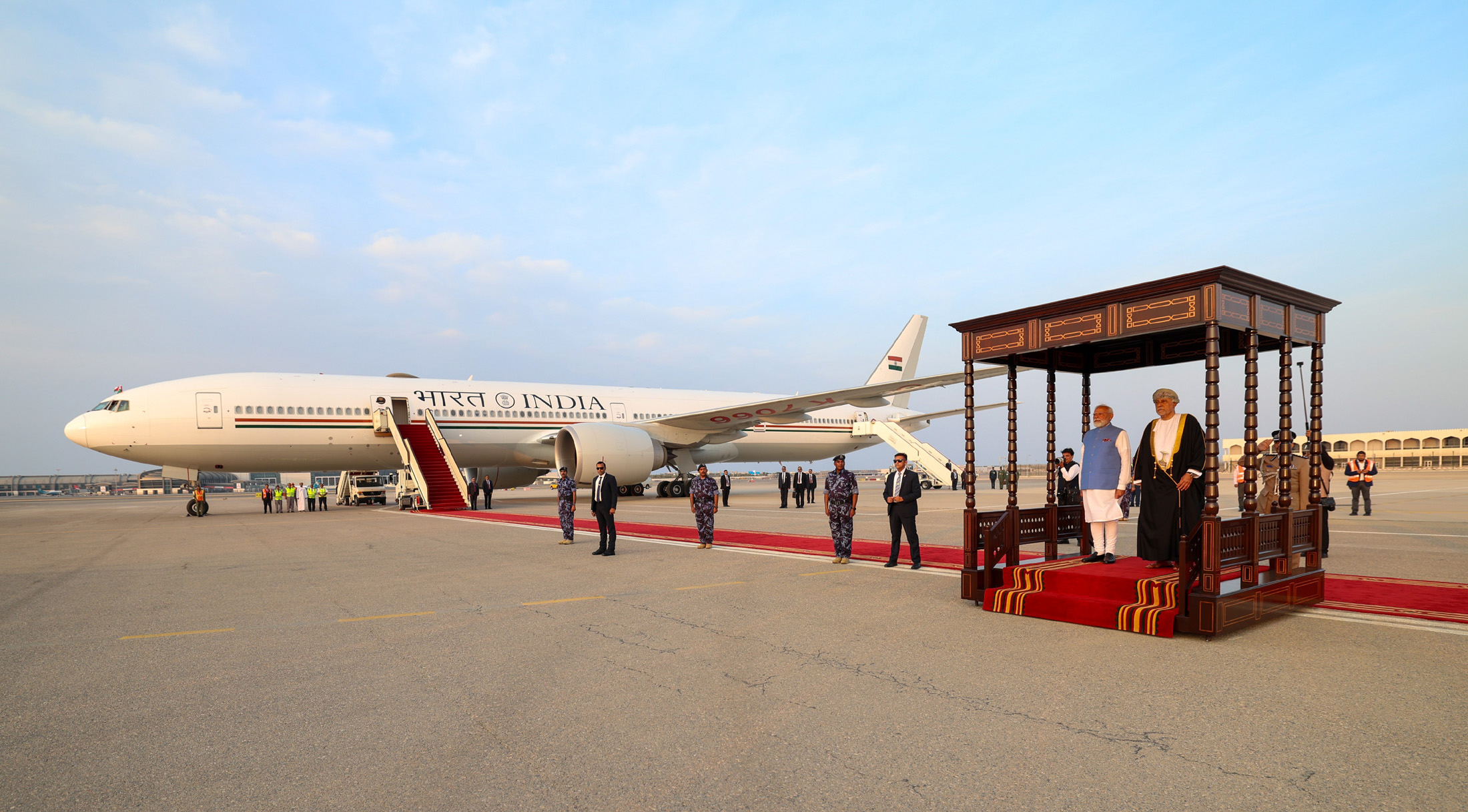
New Delhi: India is one of the leading producers of millets in the world with an estimated share of around 41 per cent in global production. As per FAO, world production of millets in the year 2020 was 30.464 million metric tons (MMT) and India’s share was 12.49 MMT, which accounts for 41 per cent of the total millet production. India recorded a 27 per cent growth in millet production in 2021-22 as compared to millet production in the previous year was 15.92 MMT.
India’s top five millet-producing states are Rajasthan, Maharashtra, Karnataka, Gujarat and Madhya Pradesh. The share of export of millet is nearly 1% of the total millet production.
Exports of millets from India include mainly whole grain and the export of value-added products of millets from India is negligible. However, it is estimated that the millets market is set to grow from its current market value of more than USD 9 billion to over USD 12 billion by 2025.
As per the Directorate General of Commercial Intelligence and Statistics (DGCIS) data, India registered a growth of 8.02% in the export of millets in the financial year 2021-22 as the export of millets was 159,332.16 metric tonne against 147,501.08 metric tonnes during the same period last year.
India’s major millet exporting countries are U.A.E, Nepal, Saudi Arabia, Libya, Oman, Egypt, Tunisia, Yemen, U.K and U.S.A. The varieties of millets exported by India include Bajra, Ragi, Canary, Jawar, and Buckwheat.
The major millet-importing countries in the world are Indonesia, Belgium, Japan, Germany, Mexico, Italy, the U.S.A, United Kingdom, Brazil and Netherlands.
Millets have superior nutritional values in comparison to highly consumed cereals such as rice and wheat. Millets are rich in calcium, iron, and fibres that help in fortifying essential nutrients for healthy growth in children. Also, the usage of millet in infant food and nutrition products is increasing.
There are 16 major varieties of millet, which are produced and exported, including Sorghum (Jowar), Pearl Millet (Bajra), Finger Millet (Ragi) Minor Millets (Kangani), Proso Millet (Cheena), Kodo Millet (Kodo), Barnyard Millet (Sawa/Sanwa/Jhangora), Little Millet (Kutki), Two Pseudo Millets (BuckWheat/Kuttu), Ameranthus (Chaulai) and Brown Top Millet.
At the backdrop of its proposal supported by 72 countries at the United Nations General Assembly (UNGA) to declare 2023 as the International Year of Millets (IYoM) on March 5, last year, India today announced a strategy to promote Indian millets exports across the globe commencing December 2022.
The pre-launch of IYoM-2023 is scheduled for December 5, 2022, involving stakeholders of the supply chain such as FPOs, Start-ups, exporters, and producers of millet-based value-added products. Besides, buyer-seller meets would also be organized in the countries of Indonesia, Japan, the United Kingdom, etc to promote Indian millets.
APEDA would also organise food sampling and tasting at the retail level and in key local bazaars of targeted countries where individual, household consumers can gain familiarity with millet products.
For the promotion of Indian Millets and its value-added products, the centre has developed 30 e-Catalogues on each of the targeted countries comprising information on various Indian Millets and the range of their value-added products available for export, a list of active exporters, start-ups, FPOs and importers/retail chain/hypermarkets, that would be circulated to the Indian Embassy abroad, importers, exporters, start-ups and stakeholders.
As per the centre’s millet promotion strategy, major international retail supermarkets like Lulu group, Carrefour, Al Jazira, Al Maya, and Walmart, would also be roped in to establish millet corners for branding and promotion of millets.
The government is also mobilizing start-ups for export promotion of value-added products in the Ready to Eat (RTE) and Ready to Serve (RTS) categories such as noodles, pasta, breakfast cereals mix, biscuits, cookies, snacks, sweets, etc.
The Ministry of Commerce & Industry stated it has started formulating a five-year strategic plan for the promotion of millets and value-added millet products in the international market in association with ICAR-Indian Institute of Millets Research (IIMR), Hyderabad, ICMR-National Institute of Nutrition, Hyderabad, CSIR-Central Food Technological Research Institute (CFTRI), Mysore and Farmer Producer Organizations (FPOs).
As per the strategy, Indian missions abroad would be roped in branding and publicity of Indian millets, identification of international chefs as well as potential buyers such as departmental stores, supermarkets and hypermarkets for organizing B2B meetings and direct tie-ups. In addition, Ambassadors of Foreign missions in India of the targeted countries and potential importers would also be invited to showcase various millet-based products, including Ready to Eat millet products and facilitate B2B meetings.
The Ministry of Commerce and Industry through its apex agricultural export promotion body, the Agricultural and Processed Food Products Export Development Authority (APEDA), will organize millet promotional activities in South Africa, Dubai, Japan, South Korea, Indonesia, Saudi Arabia, Sydney, Belgium, Germany, United Kingdom and the United States of America by facilitating the participation of different stakeholders from India in some of the significant food shows, Buyer Seller Meets and Road Shows. Besides, APEDA would also showcase millets and its value-added product at various global platforms such as Gulfood 2023, Foodex, Seoul Food & Hotel Show, Saudi Agro Food, Fine Food Show in Sydney (Australia), Belgium’s Food & Beverages Show, Germany’s BioFach and Anuga Food Fair, and San Francisco’s Winter Fancy Food Show.
– global bihari bureau





